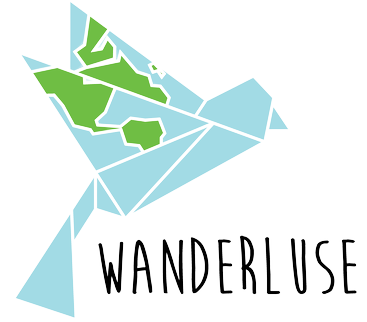What historical events happened in Puerto Rico?
1868: El Grito de Lares Rebellion, demanding Puerto Rico’s independence from Spain. 1873: Slavery abolished in Puerto Rico. 1898: U.S. troops invade Puerto Rico during Spanish-American War. Spain cedes Puerto Rico to U.S. under Treaty of Paris.
When did Columbus Land in Puerto Rico?
1493
Christopher Columbus discovered Puerto Rico and the U.S. Virgin Islands on his second voyage to the Antilles in 1493. He found that Taino and Carib Indians populated the Islands.
What historical event is remembered in Puerto Rico?
Frustrated by the lack of political and economic freedom, and enraged by the continuing repression on the island, Puerto Rico’s pro-independence movement staged an armed rebellion in 1868. Known as the Grito de Lares (the “Cry of Lares”), the rebellion broke out on September 23, 1868.
When did the Tainos arrived in Puerto Rico?
In the late 15th century 20,000–50,000 Taino lived on Puerto Rico, which they called Boriquén (Borinquén, or Boriken). The Taino occasionally warded off attacks by their Carib neighbours from islands to the south and east, including the Virgin Islands and Vieques Island.
What is the bloodline of a Puerto Rican?
As a result, Puerto Rican bloodlines and culture evolved through a mixing of the Spanish, African, and indigenous Taíno and Carib Indian races that shared the island. Today, many Puerto Rican towns retain their Taíno names, such as Utuado, Mayagüez and Caguas.
Where are Puerto Rican ancestors from?
The culture held in common by most Puerto Ricans is referred to as a Western culture largely derived from the traditions of Spain, and more specifically Andalusia and the Canary Islands. Over 90% of Puerto Ricans at least partially descend from migrants from these two southern regions of Spain.
Why did Christopher Columbus colonize Puerto Rico?
In a failed attempt to reach La Española on his second trip, Columbus landed on Puerto Rico, where he was received by the Taíno Indians, who were of the same ethnic group as the people of La Española and the other islands in the Caribbean.
Who colonized Puerto Rico first?
Spain
Originally populated by the indigenous Taíno people, Puerto Rico was colonized by Spain following the arrival of Christopher Columbus in 1493. It was contested by other European powers, but remained a Spanish possession for the next four centuries.
Who first landed in Puerto Rico?
Christopher Columbus arrived in Puerto Rico in 1493 during his second voyage to the New World. Initially, Columbus christened the Island as San Juan Bautista (St.
Is Taíno black?
The Taíno were the first New World peoples to engage with Christopher Columbus. Those claiming Taíno ancestry also have Spanish ancestry, African ancestry, and often, both. The Spanish conquered various Taíno chiefdoms during the late fifteenth and early sixteenth century.
What is the history of Yabucoa?
The region of what is now Yabucoa belonged to the Taíno region of Guayaney, which covered a portion of the southeast region of Puerto Rico. The region was led by cacique Güaraca. After the Spanish colonization, the region of Yabucoa belonged to Humacao, and its territory was mostly used for cattle and farming.
Where is Yabucoa located in Puerto Rico?
Yabucoa (Spanish pronunciation: [ʝaβuˈkoa], Yucaland) is a municipality in Puerto Rico (U.S.), located in the eastern region, north of Maunabo; south of San Lorenzo, Las Piedras and Humacao; and east of Patillas.
What are the barrios in Yabucoa?
Like all municipalities of Puerto Rico, Yabucoa is subdivided into barrios. The municipal buildings, central square and large Catholic church are located in a barrio referred to as “el pueblo”.
What festivals are celebrated in Yabucoa?
The Fiestas Patronales de los Santos Angeles Custodios is a religious and cultural celebration that generally features parades, games, artisans, amusement rides, regional food, and live entertainment. Other festivals and events celebrated in Yabucoa include: Community events are held at the Concha Acústica Toño Márquez.

